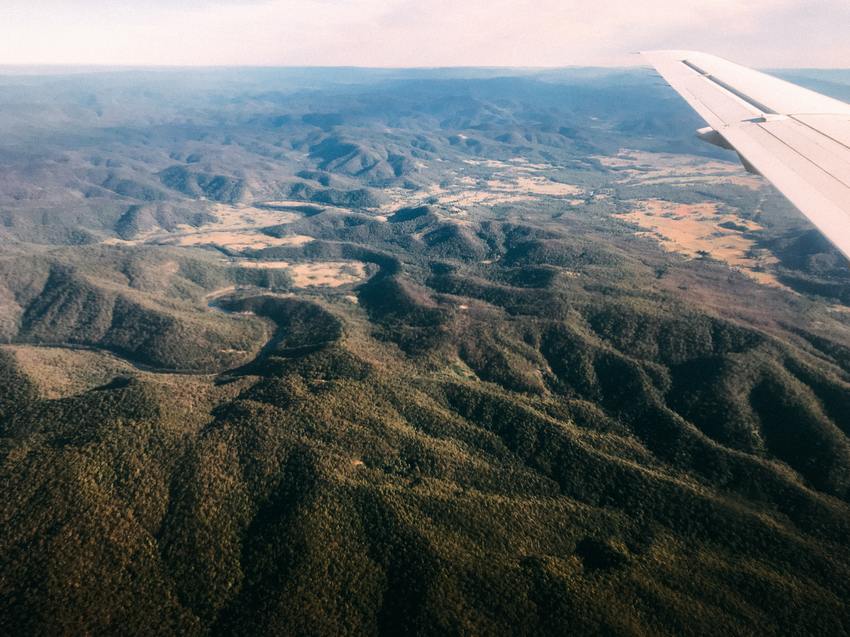Just weeks after starting to flow again, the Barwon-Darling River looks to be in trouble as dry conditions cause the river to drop.
Sections of the river are falling at an alarming rate, with patches in the north-west in Wilcannia completely dry again.
Experts are concerned about the continuing lack of rain the area has seen, especially with summer now just around the corner.
Wilcannia local Owen Whyman says that the river has dropped extremely quickly and that it is devastating to see patches completely dry again. There are also concerns about the stagnant water becoming rancid as the warmer weather moves in, he said.
Residents are anxious that the water supply won’t even last until Christmas at this rate. There is also an overwhelming disappointment at the recent management of water for the river.
In February the area saw a significant amount of rain in the Northern Basin that aided in sending a flow of water through the system. However, the area has remained dry for the most part since March.
Adrian Langdon from Water NSW has acknowledged that river towns needed to see significant rainfall to dodge extreme consequences this summer. The lack of water in the area has just further exasperated the three-year drought.
Water was needed for the droughts affected areas before the warmer months, as this is when water evaporates at a faster rate, Langdon said.
In peak conditions, the river flowed at six gigalitres of water a day, at the moment the flow is dropping at an alarming rate of five milliliters per day. The Darling River’s flow at its lowest point has dropped to a mere 30 megalitres a day, in the town of Bourke.
As the dry, hot conditions of summer fast approaches, there are several risks facing the town.
In late February the NSW Government allowed irrigators to pump water from the Barwon-Darling’s first flow by lifting the embargo. NSW Irrigators Council claims that the extraction of water had not impacted river levels, and was not to blame for the alarmingly low levels.
In the scheme of things, the 220 gigalitres of water was not a large amount of water, the interim chief executive Claire Miller said. It was only once the first flush was confirmed to flow all the way to Menindee that the embargo was lifted. She went on to say, the water would have continued to flow further downstream and would have not contributed to keeping levels up.
With the short-lived flow in the river providing some relief for communities, the 3-year drought is still causing dire problems for the community.
The water aimed to allow farmers to put in crops that would have helped generate economic activity for these towns by creating jobs and bringing income. As summer looms, the community wants to see drought-breaking rain that will hopefully get the river running and the community back on track again.


